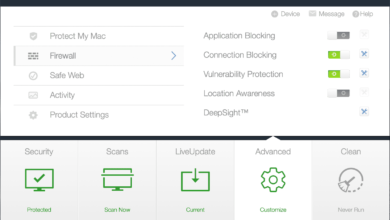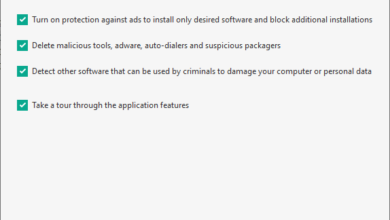
In the digital age, where connectivity is a cornerstone of modern life, the debate surrounding whether cell phones should be permitted in schools continues to spark discussions among educators, parents, and students. As we navigate through this dynamic landscape, it’s essential to explore the potential benefits and drawbacks of allowing these ubiquitous devices within the school premises.
The Educational Tool Perspective
Cell phones, when used responsibly, can be powerful educational tools. In a world where information is just a tap away, students can leverage smartphones to access a wealth of educational resources. Online libraries, educational apps, and interactive learning platforms provide students with diverse and engaging content that complements traditional teaching methods.
Breaking Down Barriers to Information
With the internet at their fingertips, students can quickly delve into topics beyond the scope of textbooks. Access to a wide array of information fosters curiosity and encourages independent learning. From historical events to scientific breakthroughs, cell phones can act as gateways to a broader understanding of the world.
Bridging the Learning Gap
For students facing geographical or financial constraints, cell phones can bridge the gap. Virtual classrooms and e-learning modules enable remote education, ensuring that every student has the opportunity to learn, regardless of their location or economic background.
The Social Dynamics: Pros and Cons
While the educational benefits are evident, the impact of cell phones on social dynamics within schools cannot be overlooked. Striking a balance between connectivity and distraction is crucial.
Fostering Communication
Cell phones facilitate communication between students, parents, and teachers. Instant messaging and notification systems keep everyone in the loop about important announcements, events, and academic updates. This seamless communication strengthens the school-community bond.
Battling Distractions
On the flip side, the allure of social media and online entertainment can lead to distractions. Students might find themselves navigating away from educational content to indulge in non-academic pursuits. Implementing effective usage policies becomes paramount in addressing this challenge.
Addressing Concerns: Implementing Responsible Cell Phone Usage Policies
To strike a harmonious balance, schools can consider implementing comprehensive cell phone usage policies. Clear guidelines on when and how cell phones can be used during school hours help create a structured environment.
Educating Students on Responsible Use
Educating students on the responsible use of cell phones is a key component of any policy. Teaching digital etiquette and time management ensures that these devices are seen as tools for learning rather than distractions.
Creating Tech-Free Zones
Designating specific areas as tech-free zones within school premises can provide students with dedicated spaces for focused learning and social interactions without the intrusion of screens.
Conclusion: Navigating the Digital Frontier
In conclusion, the question of whether cell phones should be allowed in schools is nuanced, requiring a careful consideration of both educational benefits and potential distractions. Embracing connectivity while mitigating distractions through well-defined policies allows schools to harness the positive aspects of technology. By fostering responsible use, schools can prepare students for the digital frontier they will undoubtedly face beyond the classroom walls. As we navigate this evolving landscape, the key lies in finding a delicate balance that transforms cell phones from mere distractions into valuable tools for education and connectivity.




